- Rent, Lease, or Purchase
- |
April 11, 2021
Shipping Container Accessories
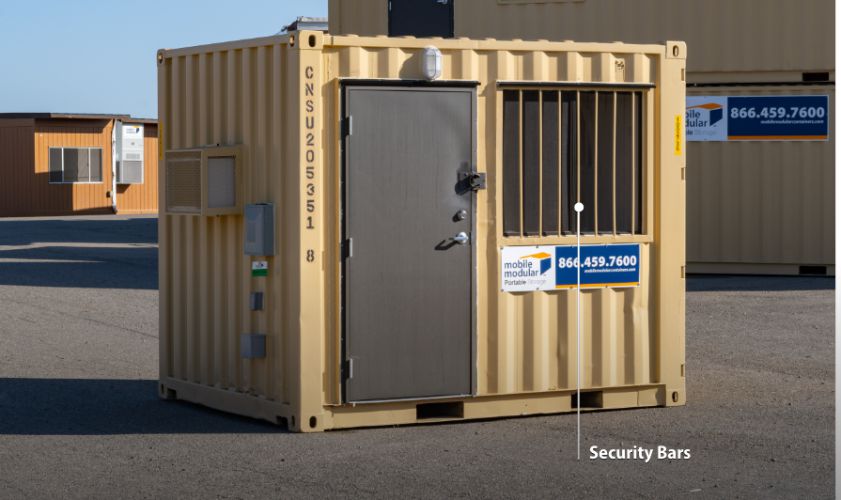
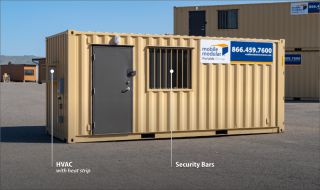
Shipping container accessories can vary widely, depending on your intended container use. For example, if you intend to use a shipping container for storage applications, adding shelving brackets and pipe racks makes sense. Likewise, if you're planning to build a pop-up container shop, custom paint, ramps for easy movement, and roll-up doors are great additions to a retail establishment.
From safety to moisture control and proper ventilation, aesthetics, and mobility, shipping container accessories perform essential functions, so be sure to prioritize which functions are important for your application, then select accessories accordingly.
Read the guide below to learn more about various customization options for storage containers.
Shipping Container Security Add-Ons
Listed below are some of the security upgrades you can add to your containers:
Shipping Container Locks
A high-strength lock helps keep the container in place and protects it from theft, tampering, and bolt cutters. You can also use locks to secure two containers together or keep the bottom part of the container locked to the ship's chassis, barge, train, or flatbed during transportation.
The different types of locks you can use include:
Manual Locks
You can latch manual lockboxes by twisting the lock bar and sealing it in place. Manual locks, such as HASP locks, have a shielded steel area that surrounds the latch itself, protecting the padlock from tampering.
Semiautomatic Twist Locks
Semiautomatic, or spring-loaded, locks work on the spring-release mechanism. After inserting semiautomatic locks between two stacked containers, the spring will release and latch the locks. The spring force clamps the container in place, restricting any unnecessary movement.
If you want to secure a shipping container to a foundation, it’s best to use a ground plate with a twist lock. To do so, place the ground plates onto the concrete and lower the container so that the corner castings line up with the twist lock. Once you pull the lever on the lock, the container stays firm and secure.
Shipping Container Mid-Locks
If you plan on transporting your container frequently, you can use mid-locks to secure shipping containers in a side-by-side configuration. Also known as bridge-fittings, these locks help latch containers horizontally and create a stable row of shipping container units.
Please note that both manual and semiautomatic twist types fit into the corner castings while secured bridge-fittings rest at the top of the door opening.
Security Bars
If you have a pop-up shop or a container office, adding bars to the window can provide extra security. It can also make serving customers more convenient and improve air circulation.
Are you renting a container for the first time? Read our comprehensive renter's guide.
Heating, Ventilation, and Air Conditioning
Accumulation and condensation of stagnant air inside the shipping container can lead to corrosion, mold, and structural deterioration. In extremely dry or humid conditions, having a temperature-controlled space is essential for comfort.
If you need to store perishable goods, a preinstalled HVAC system is a prerequisite.
Wall Vents
Vents generally go on the walls of the container, helping to improve air circulation inside the shipping container, in order to maintain optimum temperature.
Roof-Top Vents
A roof-top vent, also known as a turbine vent or whirlybird, can handle large quantities of air. It finds applications in hot, dry locations where you need to maximize air circulation.
Air-Conditioning Unit
You can also have full-fledged HVAC units as a part of your shipping container.
An HVAC system helps maintain the temperature, humidity, and air quality levels.
Discover functional and aesthetic storage container offices equipped with HVAC units.
Shelving
Shelving helps you maximize the storage space more efficiently, utilizing vertical space for storing your tools, equipment, deadstock, and raw materials safely. There are two types of shelving you can use:
Heavy-Duty Shelves
If you plan to use your container solely for storage, you can opt for up to four-tiered shelves. Securing the shelves to the wall ensures that your goods stay in place during the relocation.
Pipe Racks
Pipe racks have four solid-steel support arms that allow you to obtain maximum storage efficiency and utilize space in your shipping container.
Electrical Utilities
Shipping containers can also function as offices, retail units, and pop-up cafes. Having a robust electrical system in and around the container enables you to use electrical appliances, charge electronic devices and hard-wired phones, and boost the productivity of your business.
The most common electrical accessories in a shipping container are:
Indoor Lighting
Indoor fluorescent lights enable round-the-clock container use. If your container is your workplace, indoor lights give you a sufficiently bright place for all your daily activities.
Porch Lighting
Entrance lights or porch lights keep your container safe, especially if you are working late hours.
Phone and Data Outlets
Phone and data outlets are highly beneficial if you have an office staff, are managing sales, or operating customer support services from your container. These outlets allow access to phone and internet connectivity without having to move out of the container.
Power Outlets
Power outlets make your container technology and appliance-friendly, so you can connect and operate all kinds of electrical gadgets.
Doors
You can also customize the shipping container door to suit your needs. Depending upon the frequency and ease of accessibility you require and the type of business, you can fit one of the following doors in your container unit.
Double Door
Container units with doors at one end only are limiting when you need to access goods quickly or the unit is located in a more space-constrained area.
Double-door facilitate easy, fast loading and unloading, retrieval, and on-site storage of goods and equipment.
Personnel Access Door
A personnel access door allows your workforce easy access to the container to carry out their routine activities.
Bulkhead Door
A bulkhead door is essential when using an insulated container. These doors are flush fit from both inside and outside, preventing excessive airflow from the surrounding atmosphere to the container.
Roller Door
A roller door is ideal for shipping containers with a limited-access area around them. For opening and closing your unit, you do not need extra room around the container perimeter with a roll-up door. Additionally, you can also lock the container if necessary.
Transportation
If you own a business that requires frequent relocation, installing these accessories on your shipping containers can make transporting the container easy and hassle-free.
Shipping Container Ramps
Shipping container ramps makes loading a container with a forklift easy. Place ramps near the door opening so the forklift can move in and out in order to place boxes, packed goods, and other equipment.
Hooks
If you need to load containers onto a port or a truck with a crane, having pre-installed hooks can help bear the container's weight.
Are you planning to move a shipping container? Read our complete guide to planning and executing shipping container delivery.
Other Shipping Container Accessories
Along with functional accessories, you can customize your container's flooring using timber, vinyl, or laminate options for an updated, modern aesthetic. You can also select from an array of windows that improve your container's functionality.
Modifying the paint of these steel boxes can protect against corrosion and wear and help create exteriors that align with your brand identity.
Conclusion
There are lots of options when it comes to choosing accessories for shipping containers. Adding accessories helps improve the functionality, space utilization, safety, and accessibility and enhances the aesthetics of these high-strength steel storage containers.
Contact our in-house team of experts at 866.459.7600 for more details about accessories, or fill out this form to request a quote.
Frequently Asked Questions
How do you secure a container to the ground?
You can secure a container to the ground using a ground plate and twist locks. Secure the ground plate on the foundation with bolts and lower the container so that the container's corner castings align with the twist lock. Then pull the twist lock's levers to secure the container firmly.
How can I secure containers against wind and seismic events?
To protect shipping containers against wind and seismic events, place the containers next to each other in a side-by-side configuration. Clamp the containers together with the help of bridge fittings to prevent them from toppling.
Do shipping containers need to be tied down?
If you intend to use shipping containers for an extended period at one location, tying down your shipping container to the foundation with the help of a ground plate and twisting bolts is beneficial. A strong foundation ensures that the container stays in place in case of strong winds or seismic events.
Related Blogs
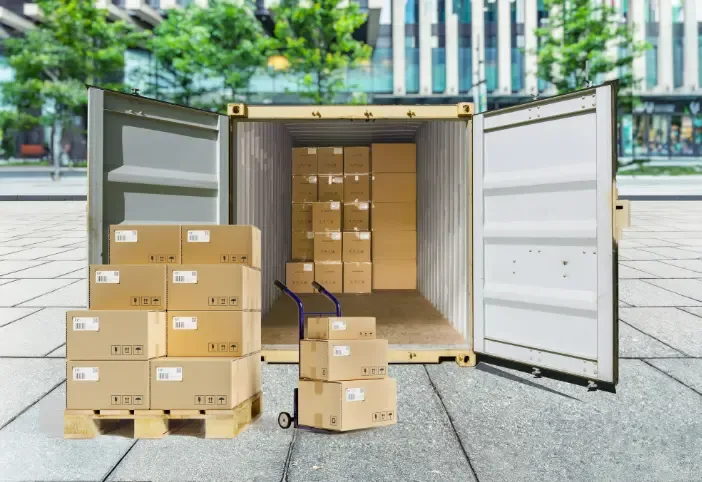
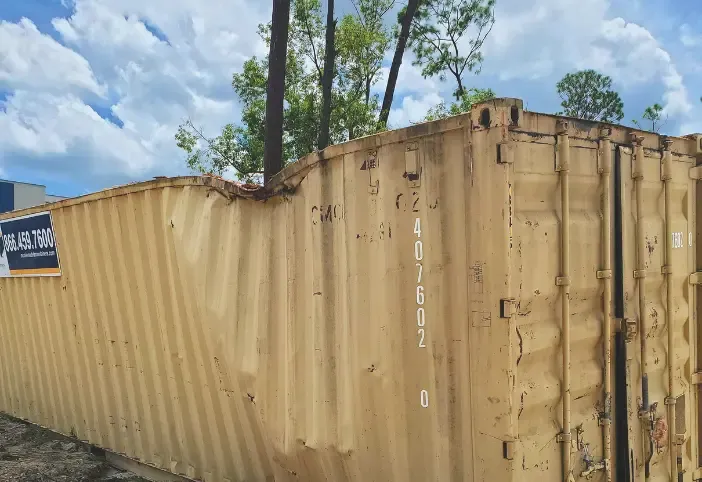
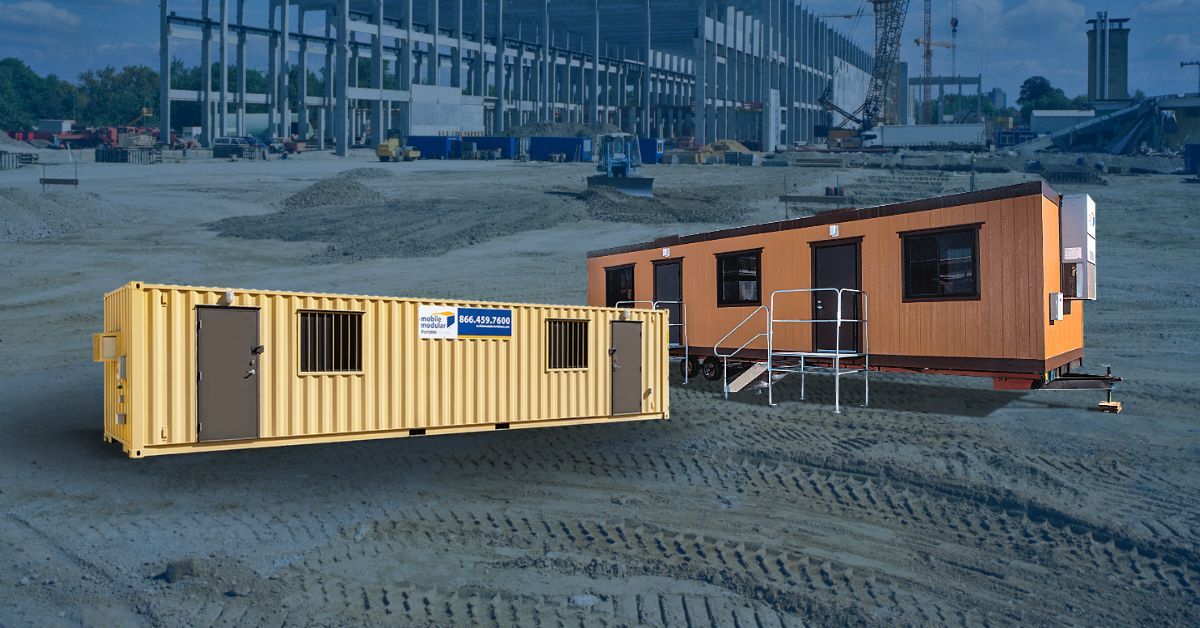
Subscribe to Our Blog
Enter your email address to subscribe to the blog and receive the notification of new posts by email.
Thank You for Subscribing to Our Blog!
Stay tuned for upcoming emails with valuable content that we hope will enhance your experience with our brand.
Both Pardot and mg360 form submissions failed.
